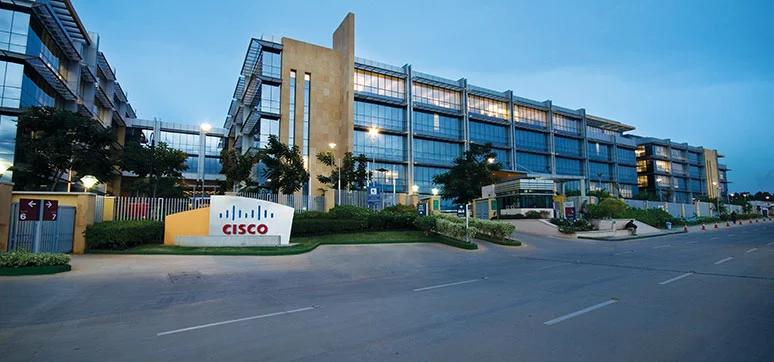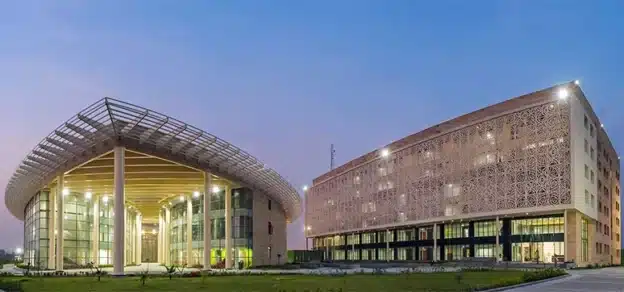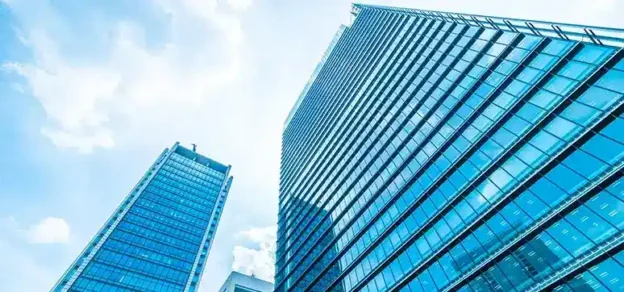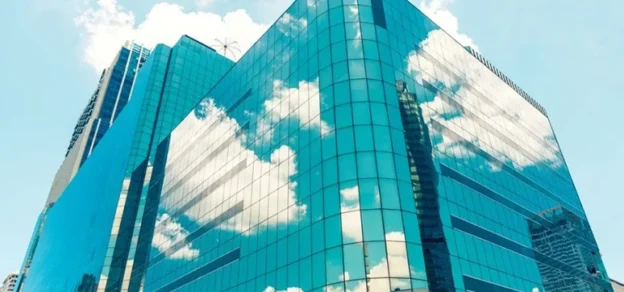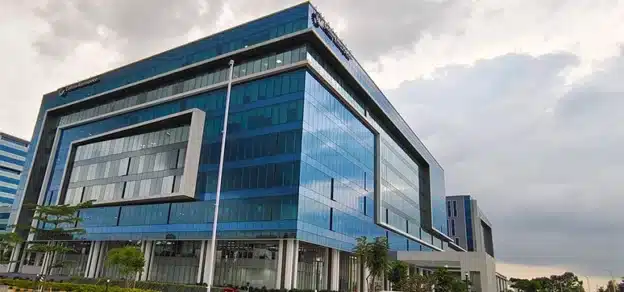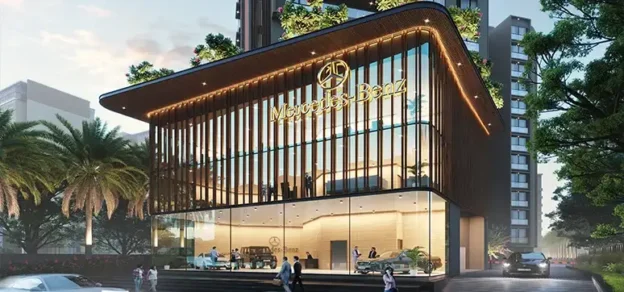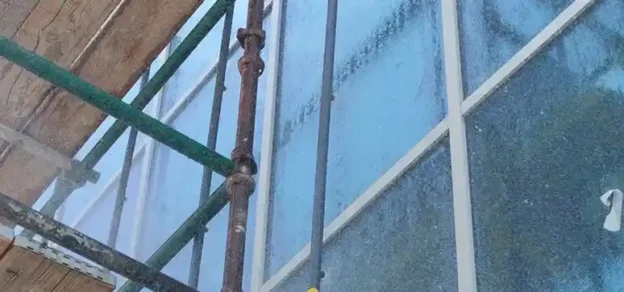Glass has fascinated mankind since its advent in the early 500 BC. From its humble beginnings as a window pane in the luxury homes of Pompeii to forming structural members in modern buildings, glass has undergone a major evolution.
For the most part of the 20th century, fully glazed façades remained the mainstay of commercial construction. The ubiquity of glass façades and structures is echoed on glass’ abilities to enhance, diffuse, reflect and transfer light as a result of its transparency. It can be toughened, bent, insulated, and laminated to suit varied purposes.
However, since discussions of architecture and construction turned to sustainability, the use of glass has faced scrutiny. The claim to its inefficiency inevitably comes down to the issue of solar gain. Full-height glazing lets in a substantial amount of light and along with it a great deal of heat, which then requires air-conditioning – itself a generator of heat – to solve the problem.
Misunderstanding around the use of the glass stem from inefficient use of the material and design inadequacies. Provided their performance potential is considered in the design stage, a thoughtfully designed skin not only characterizes the appearance of façade but makes a new building work more effectively for its owners, occupants and the environment. It can also transform the performance of an existing building. As the interface between interior space and the exterior environment, a building’s skin plays a crucial role in heat and light exchange.
It is thus the designers’ responsibility to select the right façade element and accommodate it in the design intelligently. The various factors to be considered while selecting architectural glass include visual light transmittance, solar heat gain coefficient, U value, shading coefficient, RO-RI (Reflection Outside-Inside), CRI (Colour Rendering Index). Several advances in energy-modelling have digitized and streamlined calculations for metrics such as annual sunlight exposure and spatial daylight autonomy. Technological progress in architectural glass manufacturing further supports efforts to bring more daylight indoors while maintaining thermal comfort and lowering energy consumption.
CISCO Campus, Bengaluru
One of RSP India’s benchmark project, CISCO Campus in Bangalore, incorporates several energy-saving technologies. The façade design was rooted on intensive heat ingress and solar insulation analysis. Sustainable features integrated in the façade include solar shading, high-performance glazing, and high levels of insulation. The light shelves on the façade allow light to penetrate through the building, while providing enough shade near the windows, thus preventing glare.
This façade, rather than serving as a static enclosure, reveals the potential to redirect and filter daylight, manage heat transfer, enhance occupant well-being, and create visual and physical connections between the inside and the outside.
